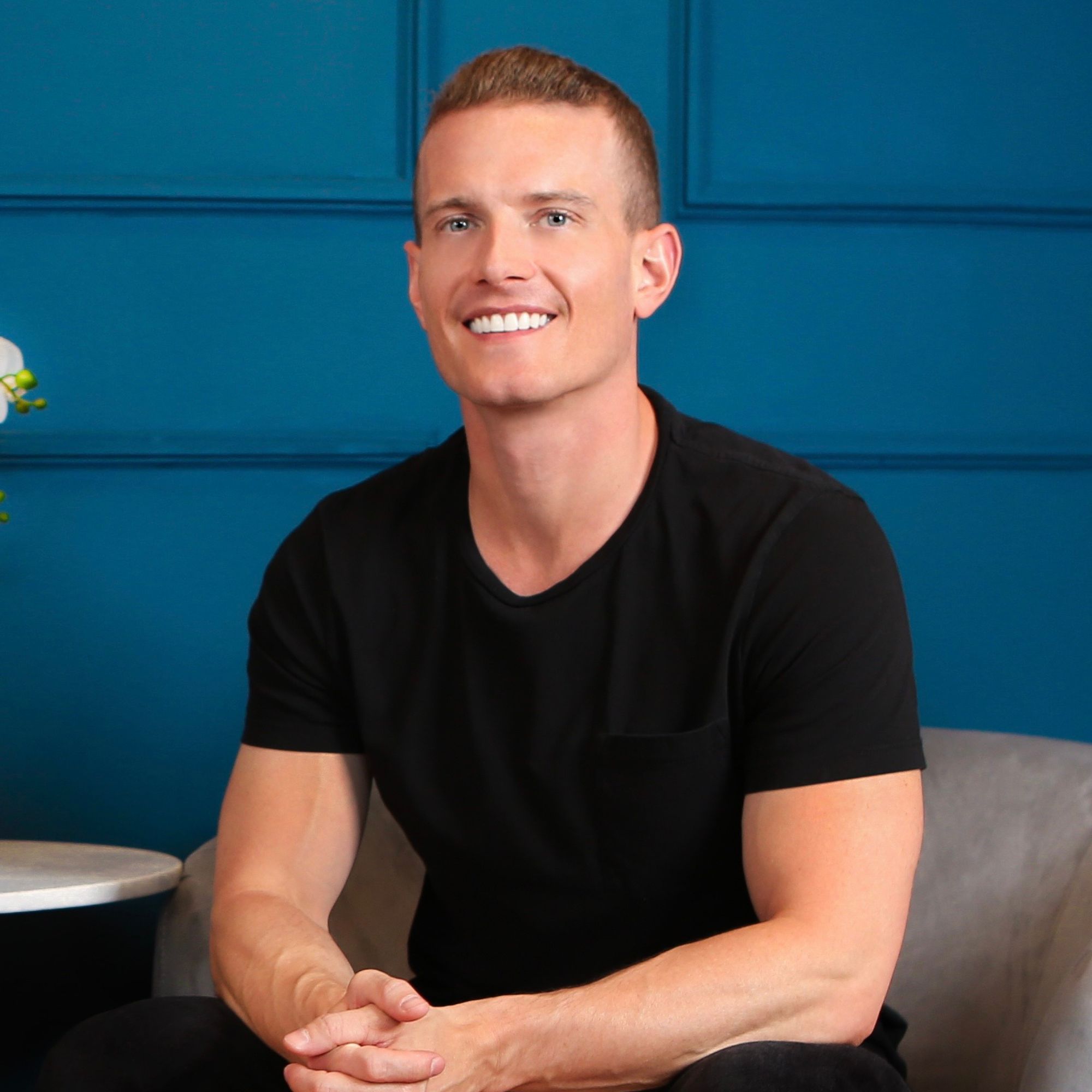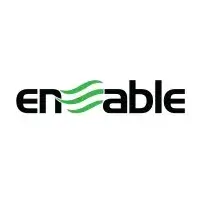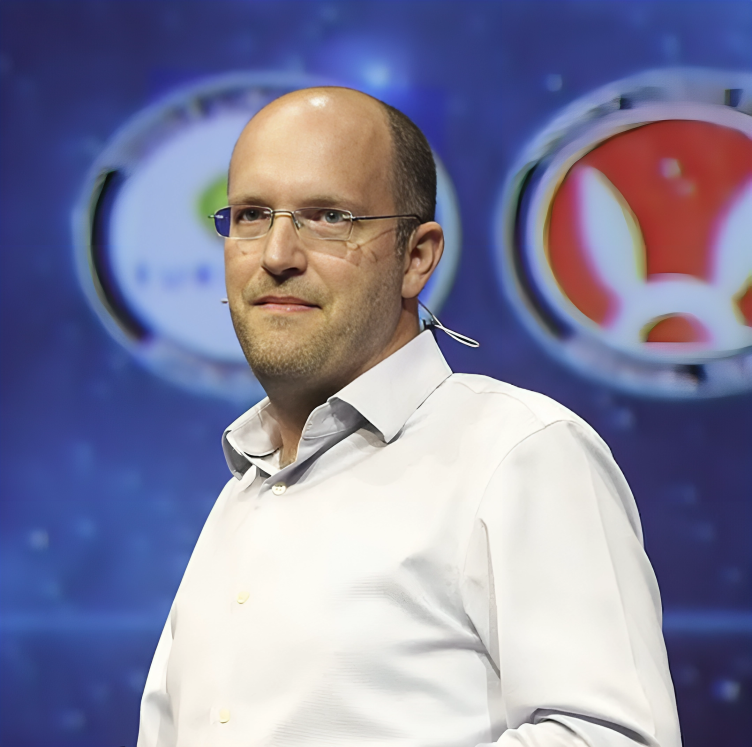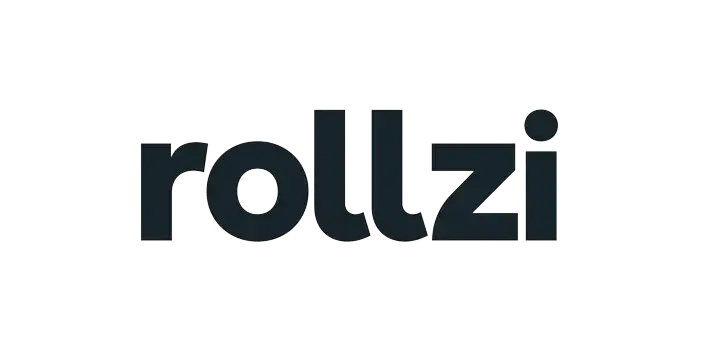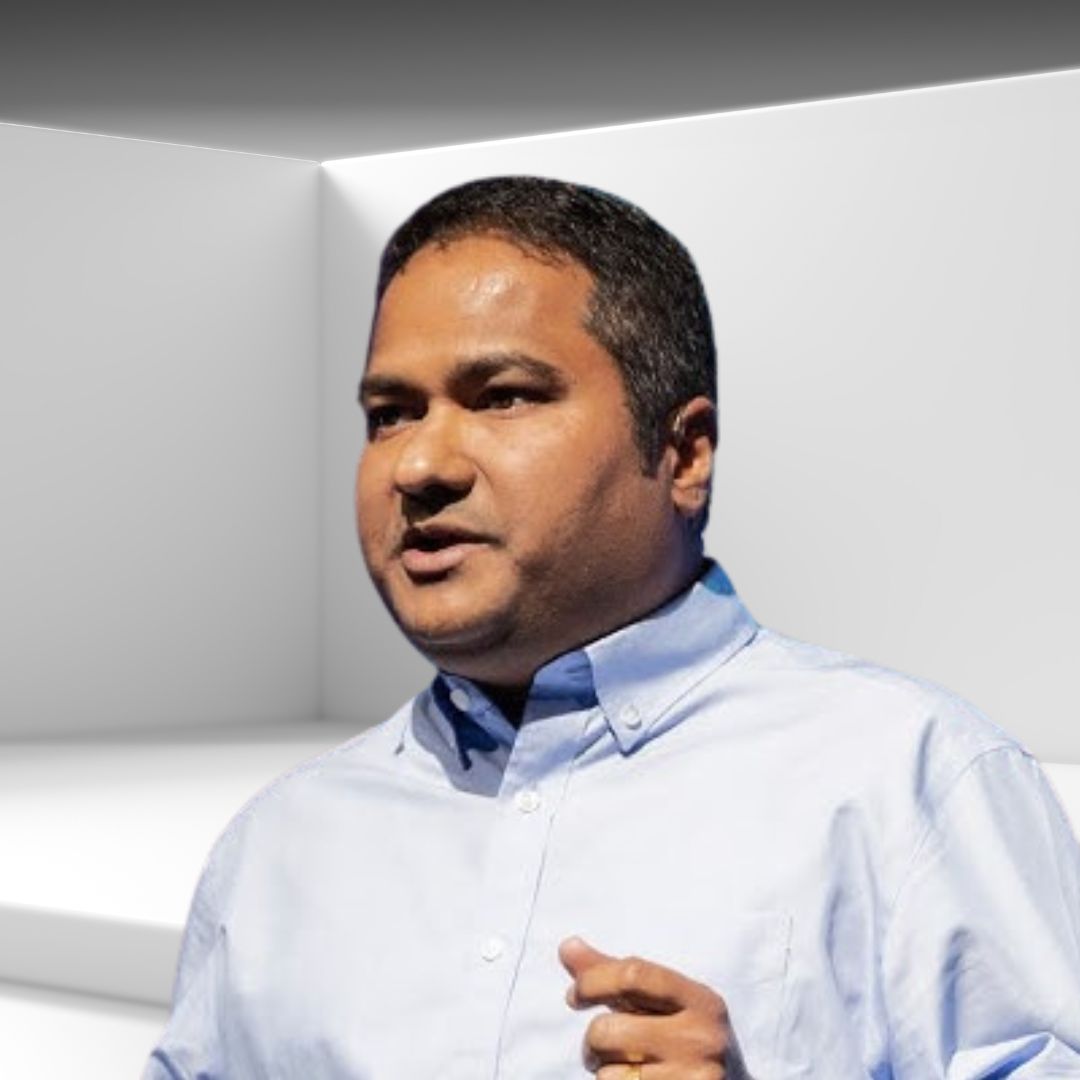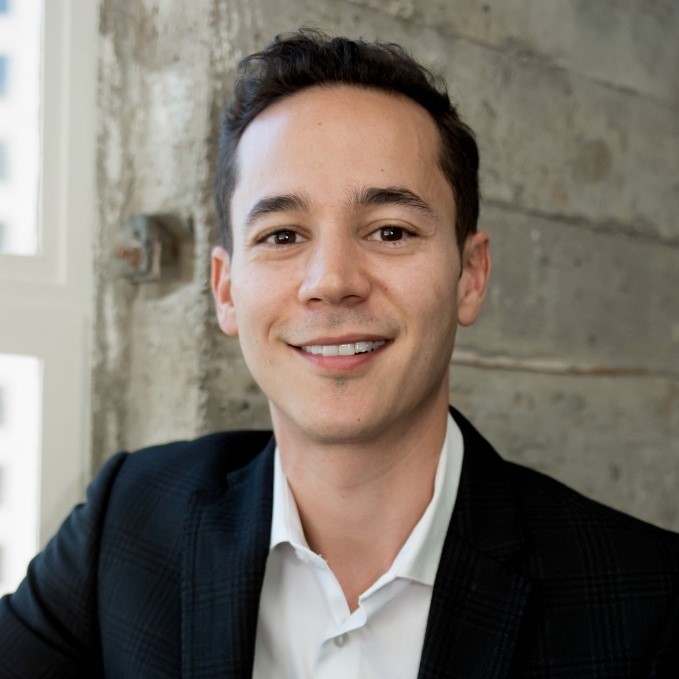Ready to build your own Founder-Led Growth engine? Book a Strategy Call
Frontlines.io | Where B2B Founders Talk GTM.
Strategic Communications Advisory For Visionary Founders
Actionable
Takeaways
Position as a service provider, not a technology vendor:
Bot Auto deliberately positions itself as a trucking company that happens to use autonomous technology, rather than an autonomous technology vendor. "Transportation itself is a service," Xiaodi explained. "Consider us as a trucking company. We are a trucking company, but in near future we will remove the human driver and then we can operate more efficiently than a traditional trucking company." B2B founders should consider whether selling a service that incorporates their technology might be more viable than selling the technology itself, particularly when customers lack the capabilities to implement complex technologies.
Design for seamless ecosystem integration:
Rather than requiring new infrastructure or capabilities from customers, Bot Auto designed their offering to plug directly into the existing transportation ecosystem. "The ecosystem for transportation, for trucking is already there. And if we can be a kind of a painless, transparent replacement like equivalent to a human driven truck and supply the capacity to the ecosystem, then the ecosystem is already there. We don't even need to rebuild the ecosystem," Xiaodi noted. B2B founders should design their offerings to integrate with existing workflows and systems rather than requiring customers to build new capabilities around their technology.
Choose one definitive metric that drives all decisions:
Bot Auto uses cost-per-mile (CPM) as their North Star metric for evaluating all business and technology decisions. "If your cost per mile is too high, no matter how experienced your partner is, or how ambitious you are, or how big your fleet is, if your cost per mile is negative, you will never make money," Xiaodi emphasized. This singular focus creates clarity across the organization. B2B founders should identify a similar "ultimate guideline" that directly ties to profitability and use it to evaluate every investment and initiative.
Focus on industry-wide credibility, not competition:
Xiaodi strongly rejected the notion that autonomous trucking is a competitive space. "The autonomous driving industry is facing the biggest problem that is shared by everyone. That is the credibility of the whole industry. We collectively have promised too much and we have delivered too little," he explained. Instead of positioning against other startups, Bot Auto focuses on rebuilding trust in the entire category. B2B founders in emerging categories should consider how collective credibility impacts their success more than individual positioning against similar startups.
Create internal-external alignment:
Bot Auto ensures perfect alignment between their internal goals and external messaging. "If your internal goal is to do something and your external presentation promises something very different, that always creates a clash of the company. Like basically you will be ending up with two companies under one stock symbol. That's very bad," Xiaodi warned. This alignment principle shapes how they communicate with investors and the market. B2B founders should ensure their internal metrics and priorities match what they promise externally, avoiding the trap of optimizing for different outcomes internally versus externally.
Use early revenue to discipline innovation:
Unlike many deep tech startups with distant revenue horizons, Bot Auto designed their business model to generate revenue relatively quickly. This approach creates what Xiaodi calls a "self-regulation mechanism" that forces practical decisions: "Are you going to increase or decrease the CPM based on your new invention? Sometimes people do develop a flashy technology, but as soon as they realize that they're not going to reduce our cost per mile, then this is bad technology." B2B founders should design business models that generate early revenue to provide market validation and discipline their innovation efforts.
Conversation
Highlights
Bot Auto’s Business-First Approach to Autonomous Trucking: Redefining Success in a Credibility-Starved Industry
The autonomous vehicle industry has been plagued by overpromises and underdelivery. For nearly a decade, founders and investors have chased the dream of self-driving cars, burning through billions in capital while commercial viability remained elusive. In this challenging landscape, Bot Auto is charting a different course by focusing first on practical economics rather than technological feats.
In a recent episode of Category Visionaries, Dr. Xiaodi Hou, CEO of Bot Auto, shared his vision for building a sustainable autonomous trucking company that has raised over $45 million in funding. His approach stands in stark contrast to many players in the space — Bot Auto isn’t primarily selling technology, it’s selling transportation capacity.
From Deep Learning to Highway Trucking
Hou’s journey into autonomous vehicles began in 2012, right after the first wave of deep learning breakthroughs. “I saw a great potential of this technology and thinking about what would be the best way to apply this technology to real world,” Xiaodi explains. “Because comparing to something purely on the software side, I’m more excited to see the interaction with the physical world, with the technology.”
While many entrepreneurs rushed to develop autonomous taxis for urban environments, Xiaodi quickly recognized the unique advantages of focusing on highway trucking instead. “Shortly after I dabble into robo taxi related stuff, I realized that robo truck, mostly for highway driving, is actually a much more valid and a much well defined objective,” he says.
This insight stemmed from practical considerations about operational complexity. As Xiaodi points out, “For truck driving, most of the time the vehicle is on the highway and the traffic rules are clearly defined compared to urban driving, where there’s a lot of social elements in it, or there’s no right and wrong.”
A Trucking Company First, Technology Company Second
Perhaps the most distinctive aspect of Bot Auto’s approach is its business model. Unlike companies positioning themselves as technology vendors, Bot Auto considers itself fundamentally a trucking company.
“Transportation itself is a service,” Xiaodi emphasizes. “Consider us as a trucking company. We are a trucking company, but in near future we will remove the human driver and then we can operate more efficiently than a traditional trucking company.”
This positioning solves a critical challenge in the autonomous industry: the integration problem. Rather than expecting customers to build new operational capabilities around autonomous technology, Bot Auto is designing its service to plug seamlessly into the existing transportation infrastructure.
“The ecosystem for transportation, for trucking is already there,” Xiaodi notes. “And if we can be a kind of a painless, transparent replacement like equivalent to a human driven truck and supply the capacity to the ecosystem, then the ecosystem is already there. We don’t even need to rebuild the ecosystem.”
Cost Per Mile: The Ultimate North Star
In an industry filled with flashy metrics like “miles per intervention,” Bot Auto has oriented its entire organization around a single economic measure: cost per mile (CPM).
“If your cost per mile is too high, no matter how experienced your partner is, or how ambitious you are, or how big your fleet is, if your cost per mile is negative, you will never make money,” Xiaodi states matter-of-factly. “Business is simple.”
This focus on unit economics shapes every decision at Bot Auto, from technology development to operational planning. The company expects to operate 30 trucks with competitive costs by 2026, and aims to break even with a fleet of 100 trucks by 2027.
What’s particularly powerful about this approach is how it disciplines the company’s innovation efforts. As Xiaodi describes, “We always challenge ourselves. This is a kind of a soul reckoning question. Are you going to increase or decrease the CPM based on your new invention? Sometimes people do develop a flashy technology, but as soon as they realize that they’re not going to reduce our cost per mile, then this is bad technology.”
Learning From Past Mistakes
Xiaodi’s vision for Bot Auto was shaped by hard-earned lessons from his previous venture in the autonomous space. “In my last life, I would say I was focusing too much on building the technology,” he reflects. “I was under the… maybe I can call it technology arrogance, where I thought, I have the best technology in the world, I don’t care about anything else until it was too late.”
This experience transformed his leadership approach with Bot Auto. “In this life in Bot Alto, what I’m trying to do is I want to first lead the company second. I want to repurpose my role from the builder to the guardian of the company,” he explains.
This guardian mindset extends to how Xiaodi views the broader autonomous industry. Rather than positioning against competitors, he believes the entire sector faces a shared challenge: rebuilding credibility.
“The autonomous driving industry is facing the biggest problem that is shared by everyone. That is the credibility of the whole industry,” Xiaodi states emphatically. “We collectively as everyone, not only for autonomous trucking, for the entire autonomous driving industry. We have promised too much and we have delivered too little.”
Internal-External Alignment
Another key principle driving Bot Auto’s approach is ensuring perfect alignment between the company’s internal goals and external messaging.
“If your internal goal is to do something and your external presentation promises something very different, that always creates a clash of the company,” Xiaodi warns. “Like basically you will be ending up with two companies under one stock symbol. That’s very bad.”
This alignment principle has guided Bot Auto’s decision to position itself as a trucking company rather than a technology vendor. It also informs how they communicate with investors and the market, focusing on realistic timelines and practical economic metrics rather than technological breakthroughs.
The Future of Transportation Infrastructure
Looking a decade ahead, Xiaodi envisions autonomous trucking creating a more stable, efficient transportation ecosystem. “I think 10 years from now we will see much less fluctuation about the ebbs and flows of the transportation industry,” he predicts.
The economic advantages of autonomous trucking will particularly impact seasonal industries that face transportation bottlenecks. “Thinking about the agriculture industry, like the core farmers in Illinois… They have a real headache in the harvesting seasons to get their corpse being harvested and transported to the places where they’re consumed,” Xiaodi explains. Autonomous trucks, with lower idling costs than human drivers, can more efficiently manage these demand spikes.
Rather than chasing headline-grabbing breakthroughs, Bot Auto is methodically building toward this practical vision of transportation transformation. By focusing on cost per mile as their North Star and positioning as a trucking company first, they’re creating a path to profitability that doesn’t require industry revolution — just steady, sustainable improvement in transportation economics.
In an industry that has collectively overpromised and underdelivered, this business-first approach might be exactly what’s needed to finally deliver on the promise of autonomous transportation.


